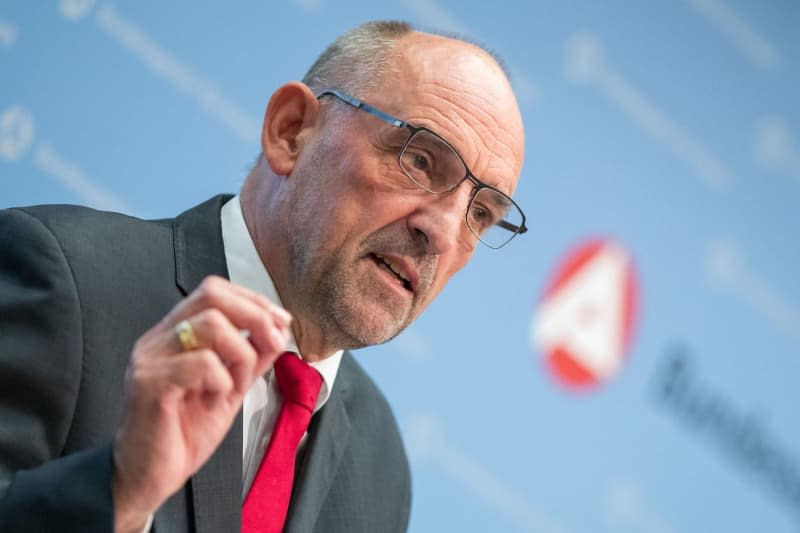German unemployment rises in January

The number of unemployed workers in Germany rose in January compared to both the previous month and January 2023, new preliminary government figures show.
The unemployment rate rose by 0.4 percentage points to 6.1%, Germany's Federal Employment Agency said on Wednesday, based on data through January 15.
Unemployment typically rises seasonally in January, although the preliminary figures put the number of unemployed this year at 189,000 higher than in January of the previous year.
The number of job vacancies also dropped, indicating that job hunting for unemployed workers may be getting more difficult. The agency reported 699,000 vacancies this month, which is 66,000 fewer than in January 2023.
"The annual rise in unemployment at the turn of the year is lower this year. Employment and demand for labour are also stable, meaning that the labour market is stable at the start of the year despite the ongoing economic weakness," said Andrea Nahles, the agency's chairwoman.
In the press conference following the release of the figures, Nahles said she was referring to the pre-coronavirus years, when January annual unemployment typically rose by 200,000.
Young people entering the job market are still struggling to match with apprenticeships and other trainee positions, the agency said.
According to the figures, there were 64,000 more young people looking for training positions between October 2023 and January 2024 than in the previous year.
This contrasted with 85,000 apprenticeship positions at companies, almost 4,000 more than in the previous year.
According to the agency's figures, 28,000 traineeship applicants were still not placed in January 2024 and a further 18,000 were still looking for a training place despite having been offered alternatives.
At the same time, 18,000 training positions remained unfilled.

